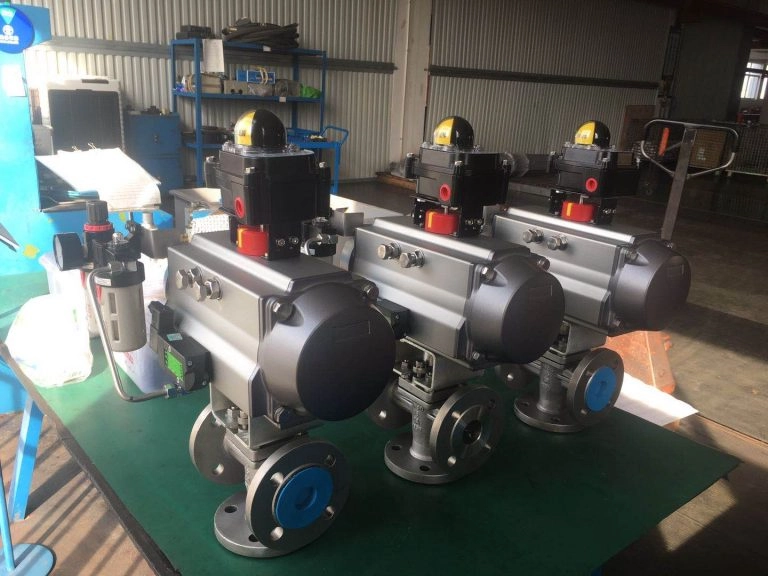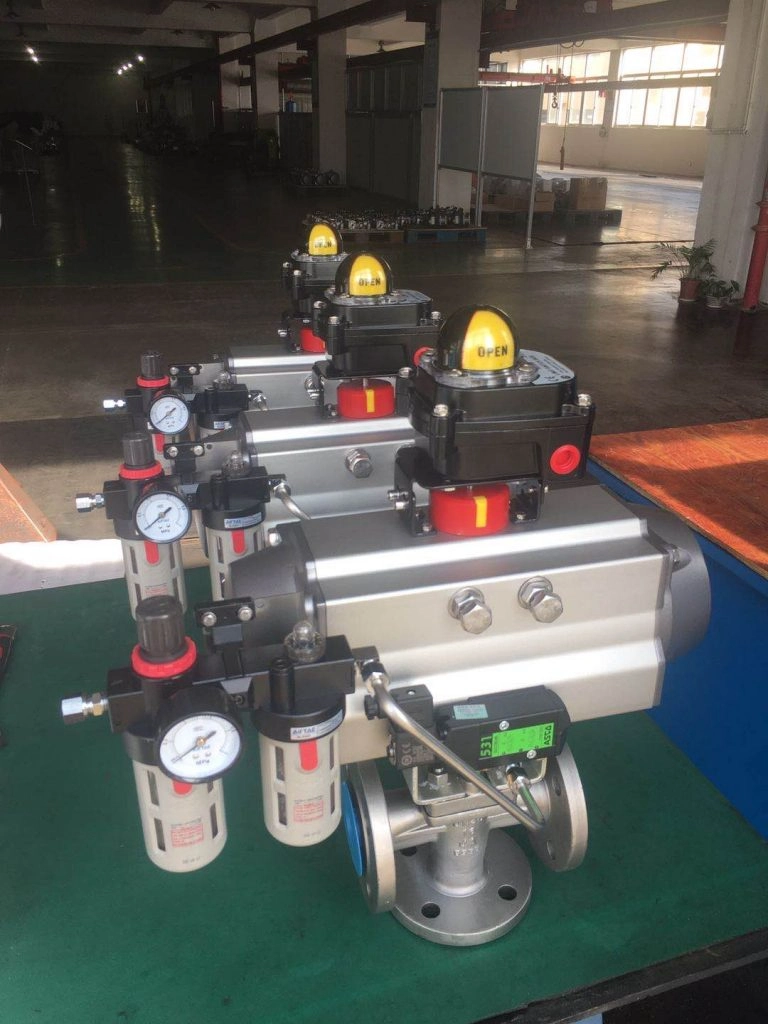How a 3 Way Plug Valve Works

If you work with fluid systems, you need to know how a 3 way plug valve works. These valves handle liquids or gases. They keep systems running smoothly and safely. Their design lets them manage multiple flow paths, which makes them super useful in many industries.
What’s a 3 Way Plug Valve?
A 3 way plug valve directs fluid through three openings. It has a plug—either cylindrical or tapered—with a hole through it. You rotate the plug inside the valve to line up with different openings. This lets you mix, redirect, or stop fluid flows.
This valve works well in places like chemical plants, water treatment facilities, or oil and gas operations. It switches flow paths without needing extra valves. That simplifies setups and saves money.
How It Operates
Inside the Valve
The heart of a 3 way plug valve is the plug. It sits inside the valve body. The plug has holes that let fluid pass when aligned with the openings. You turn the plug to open or close specific ports. This controls where the fluid goes.
The flow paths depend on the valve’s setup. Here are the common ones:
- T-Port Setup: Mixes or redirects fluid between three ports.
- L-Port Setup: Switches between two ports while blocking the third.
These setups make it easier to handle complex fluid systems.
Switching Flow
To change the flow, you rotate the plug. This lines up the plug’s hole with certain ports. You can redirect fluid without stopping the system. For example:
- For redirecting, fluid from one port can go to one of two exit ports by turning the plug.
- For mixing, fluids from two ports can combine into one exit port by aligning all three.
This quick change makes operations flexible and cuts downtime.
Keeping It Sealed
Seals are key to a 3 way plug valve’s performance. They stop leaks and keep pressure steady. Here are common seal types:
- Rubber Seals: Press against the plug to seal tightly when closed.
- Metal Seals: Handle high heat and pressure. They’re tough for rough conditions.
- Self-Lubricating Coatings: Reduce friction between plug and body. This makes seals last longer and lowers maintenance.
Good seals depend on choosing the right materials, proper conditions, and regular upkeep.
By understanding these parts, you can make your system work better and last longer. Proper setup, routine care, and following the maker’s tips keep the valve in top shape.

Using 3 Way Plug Valves in Different Industries
This valve is a go-to tool in many industries. It controls fluid flow well. Knowing how to use it right keeps systems running smoothly and safely.
Chemical Plants
In chemical plants, 3 way plug valves handle harsh chemicals. They mix, redirect, or isolate chemical flows safely. For instance, a T-port setup can blend two chemicals into one stream for reactions. The valve’s sturdy build resists chemical damage and high heat.
Pick materials like stainless steel for durability. Check seals and lubricate parts regularly to keep things running well. 3 way plug valves can really improve efficiency in chemical plants.
Water Treatment
In water treatment, these valves direct water between filters, tanks, and pipelines. They switch paths without needing extra valves. This keeps setups simple and costs low.
For example, an L-port setup can send water to one filter while isolating another for cleaning. This keeps things running without a hitch. Clean and check the valve often to avoid clogs and ensure smooth operation.
Oil and Gas
The oil and gas industry uses 3 way plug valves for crude oil, natural gas, and other fluids. They’re common in pipelines, storage, and processing plants to redirect or mix flows.
Metal seals work best for high pressure and heat. Self-lubricating coatings cut friction and boost performance. Regular checks and sticking to industry rules keep operations safe.
Food and Beverage
In food and beverage, cleanliness is everything. 3 way plug valves with smooth, easy-to-clean surfaces handle liquids like milk or juice. They mix ingredients or shift flows between production lines without harming product quality.
Use stainless steel with food-safe ratings. Regular cleaning-in-place (CIP) keeps residue out and maintains hygiene.
Tips for Choosing and Caring for 3 Way Valves
Picking the right valve means looking at your system’s needs, conditions, and materials.
How to Choose
- System Needs: Decide if you’re mixing, redirecting, or isolating flows. Pick a T-port or L-port based on that.
- Material Match: Choose materials that handle your fluids. Use corrosion-resistant ones for chemicals or food-safe ones for sanitary settings.
- Pressure and Heat: Make sure the valve’s ratings match your system’s conditions.
- Seal Type: Go for rubber seals for low pressure or metal seals for high pressure.
- Control Style: Choose manual or automated based on your setup.
How to Maintain
Good care keeps the valve working well for longer:
- Check Often: Look at the valve body, plug, seals, and parts for wear.
- Lubricate: Use the right lubricant to cut friction and extend part life.
- Clean: Clear out debris or buildup that could block flow or weaken seals.
- Replace Seals: Swap out worn seals fast to avoid leaks and keep pressure steady.
- Follow Maker’s Tips: Stick to the manufacturer’s advice on setup, use, and care.
Picking the right valve and keeping it maintained boosts efficiency and cuts downtime.

The 3 way plug valve from Miwival is a must-have in many industries. It handles fluid flow through multiple paths. Knowing how it works—like the T-port or L-port setups—and using it right in places like chemical plants, water treatment, or oil and gas keeps systems running well. Choosing the right materials improves durability and reduces upkeep hassles.
FAQ
Q: Why are seals important in a 3 way plug valve?
A: Seals prevent leaks and maintain pressure. Types include:
- Rubber Seals: Tight sealing for low-pressure systems.
- Metal Seals: Durable for high heat and pressure.
- Self-Lubricating Coatings: Reduce friction to make seals last longer.
Q: How do you switch the flow direction in a 3 way plug valve?
A: You rotate the plug to line up its hole with the desired ports. This redirects fluid without stopping the system, making it quick and efficient for tasks like mixing or diverting flows.
Q: Can a 3 way plug valve save costs?
A: It switches flow paths without needing extra valves, simplifying system designs and reducing installation costs.





